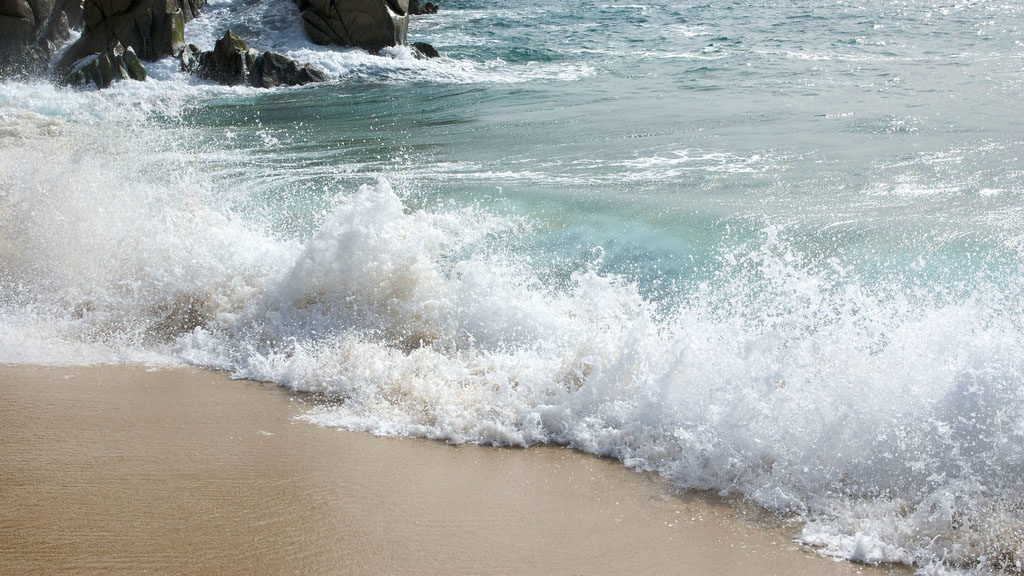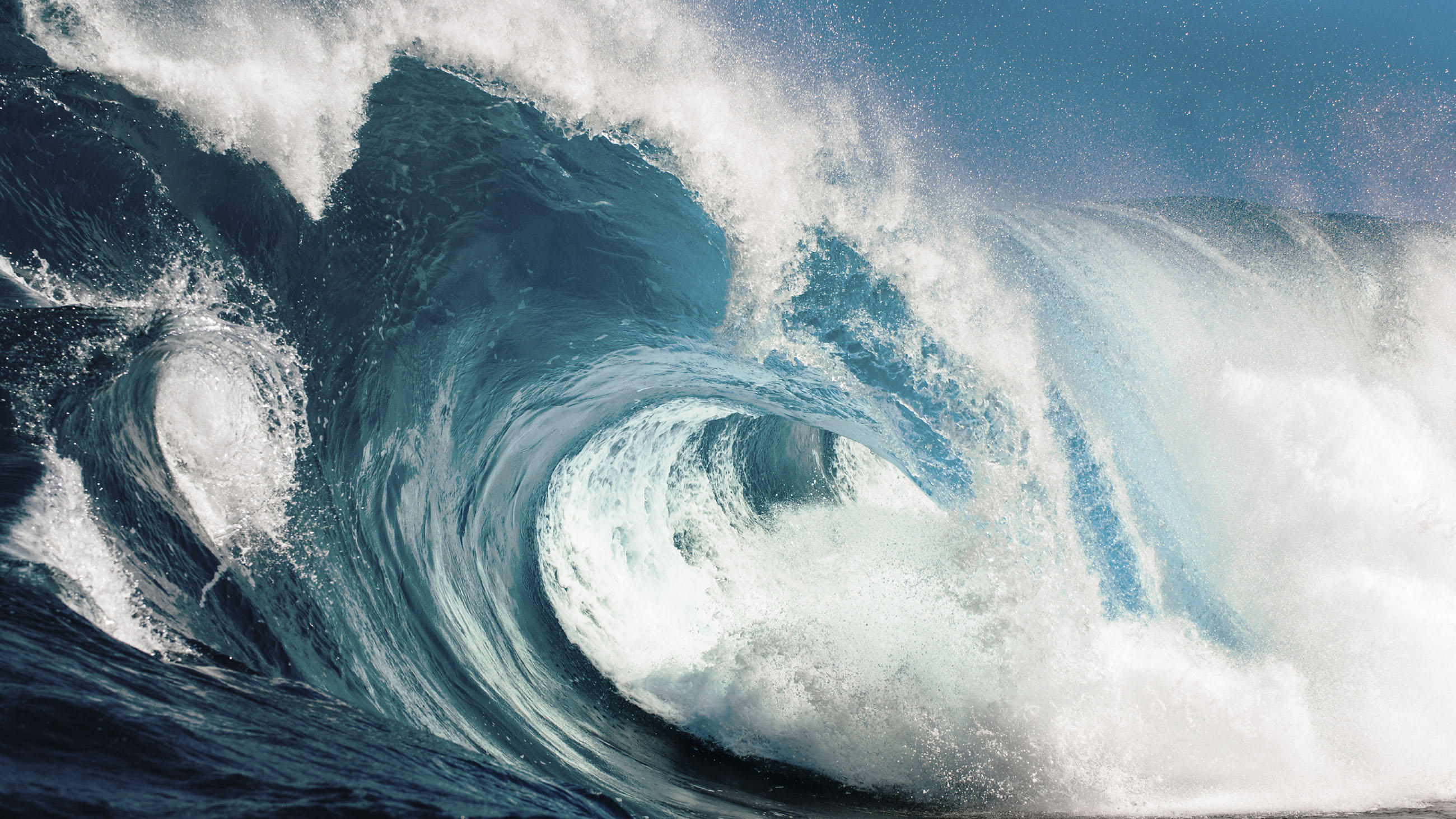Ocean Waves Are Getting Stronger
Countries scrambling to protect their coasts from rising sea levels and more frequent storms will also have to contend with a phenomenon that is often overlooked. Ocean waves – which have the ability to add new coastline, but can also ruthlessly take it away – are becoming stronger with climate change. Experts say failing to consider their power could spell disaster for current and future coastal infrastructure.

Along with sea level rise, governments need to take increasing wave strength into account when formulating coastal resilience plans. (Visual by Karen Blaha/Flickr)
“Everybody thinks about sea level rise,” said Mike Beck, The Nature Conservancy’s lead marine scientist and an adjunct professor at the University of California at Santa Cruz. “Nobody’s talking about increasing wave energy and wave attack. It’s a much greater near-term problem to coastal infrastructure and it’s totally under-appreciated.”
It’s also one that Beck says beachfront cities like Miami and New York will need to be designed to withstand. A recent assessment of global wave power, performed by Borja G. Reguero — a colleague of Beck’s — concluded that wave energy has been increasing across the Southern Ocean since 1948. The northern hemisphere, on the other hand, has seen much more seasonal variability over those 61 years, though Beck wrote recently in National Geographic that the U.S. East Coast and Caribbean “are seeing somewhat more wave energy.”
While this increased wave power may bode well for wave energy enthusiasts, it spells “bad news overall,” wrote Beck. “Flooding and erosion will accelerate. Our coastal defense structures will fail more often and more spectacularly.”
To protect beachfront property and mitigate the increased wave energy, he and his colleagues have been advising governments around the world on how to protect — and beef up — natural defenses like salt marshes and seagrasses. He was recently in Mexico, and Florida before that, armed with a meta-analysis of 69 studies published last month in the journal PLOS One comparing the protective properties of coral reefs and mangroves. One major conclusion: “Coral reefs and salt marshes have the highest overall potential” for reducing wave heights. This in turn dampens the energy of the wave, meaning less flooding and less damage.
“If you imagine a storm,” explained Beck, “what the marsh does is take the wave top off of that storm surge. It helps to calm the wave and that means less flooding behind it.”
With salt marshes facing degradation from human impacts and coral reefs dying at the hand of bleaching and dredging, Beck’s is a note of caution for the handful of newly-minted resilience officers around the world, who are tasked with protecting a denuded coastline. This recent evidence suggests that natural barricades could be their last line of defense.
“What we’re trying to get is for critical decision-makers to understand that there really is good hard data that these habitats provide benefits,” Beck said, “and that we shouldn’t degrade them because it makes the rest of our jobs tougher.”










